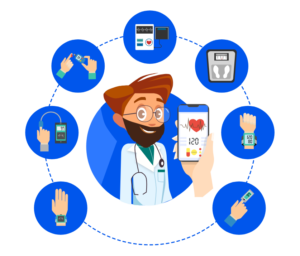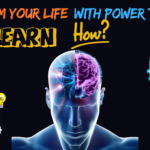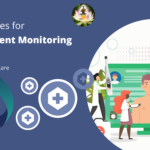Medical devices for remote patient monitoring (RPM)
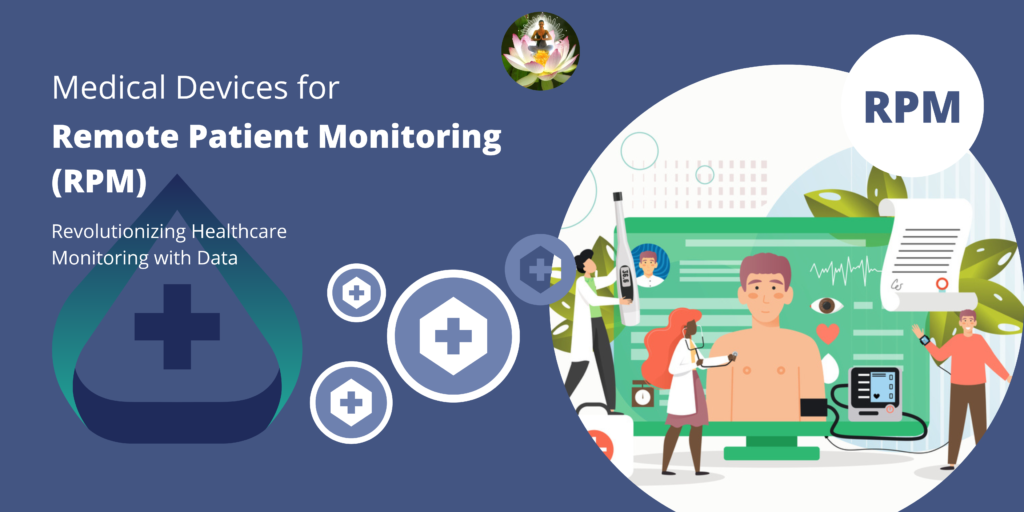
Medical devices for remote patient monitoring (RPM) play a crucial role in modern healthcare, enabling healthcare providers to monitor patients’ health conditions remotely and in real time. These devices enhance patient care, reduce hospitalizations, and improve the overall quality of healthcare delivery.
The market of Medical Devices for Remote Patient Monitoring (RPM) has emerged as a vital sector within healthcare technology, dedicated to enhancing patient care through innovative devices and systems. These solutions facilitate the remote collection and transmission of critical medical data from patients to healthcare providers, eliminating the need for physical presence in medical facilities. With a focus on managing chronic diseases, post-operative care, and continuous monitoring, these devices are revolutionizing healthcare delivery.
6 Key Advantages of using Medical Devices for Remote Patient Monitoring Devices (RPM)
1. Enhancing Patient Care Remotely with Medical Devices for Remote Patient Monitoring (RPM)
- These Medical Devices for Remote Patient Monitoring (RPM) enable real-time tracking of patients’ health conditions from a distance.
- Continuous data collection with Medical Devices for Remote Patient Monitoring (RPM) empowers healthcare providers to make informed decisions and tailor treatment plans.
2. Addressing the Burden of Chronic Diseases with Medical Devices for Remote Patient Monitoring (RPM)
- The rising prevalence of chronic diseases like heart disease and diabetes is driving the demand for Medical Devices for Remote Patient Monitoring (RPM)
- These technologies aid in managing chronic ailments effectively, improving patients’ quality of life.
3. Guiding Treatment with Data Insights
- RPM technologies offer physicians valuable insights, enabling personalized treatment recommendations.
- By analyzing data trends, healthcare professionals can proactively intervene and adjust treatment strategies.
4. Post-COVID-19 Technological Surge
- The COVID-19 pandemic accelerated the adoption of telehealth and virtual care technologies which enabled further the surge in demand for Medical Devices for Remote Patient Monitoring (RPM).
- RPM systems gained prominence as a means to provide comprehensive healthcare while minimizing in-person visits.
5. Collaborative Initiatives for Improved Care
- Collaborations between health technology companies and healthcare providers are shaping the landscape for Medical Devices for Remote Patient Monitoring (RPM).
- Cadence and Ardent Health Services partnered to implement an RPM program, granting patients remote access to chronic disease treatment.
6. Expanding Reach and Accessibility
- Medical Devices for Remote Patient Monitoring (RPM) empower patients to receive care from the comfort of their homes, irrespective of geographical barriers.
- This accessibility enhances healthcare equity and ensures timely interventions for patients in remote areas.
The market for Medical Devices for Remote Patient Monitoring (RPM) : Market is driving a transformative shift in healthcare by harnessing technology to provide comprehensive care beyond traditional medical settings. As the adoption of Medical Devices for Remote Patient Monitoring (RPM) solutions continues to rise, patients can anticipate improved treatment outcomes, reduced hospitalizations, and an enhanced overall quality of life. Collaborative efforts between tech innovators and healthcare providers are paving the way for a future where remote patient monitoring is an integral component of modern healthcare systems.
Some commonly used Medical Devices for Remote Patient Monitoring (RPM) includes
- Vital Sign Monitors: These devices measure and transmit vital signs such as heart rate, blood pressure, respiratory rate, and temperature.
- Glucose Monitors: Used for diabetes management, these devices measure blood glucose levels and transmit the data to healthcare providers.
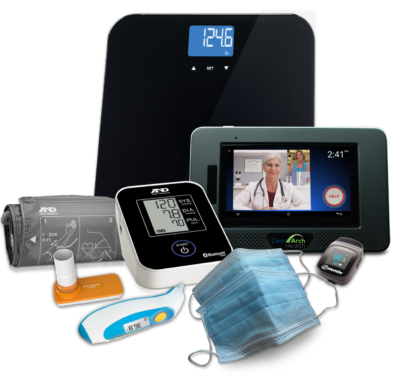
- ECG Monitors: Electrocardiogram monitors track heart rhythm and can provide early detection of cardiac issues.
- Pulse Oximeters: These measure oxygen saturation in the blood and heart rate, often used for monitoring respiratory conditions.
- Weight Scales: Connected weight scales can monitor changes in weight, which is important for managing conditions like heart failure.
- Medication Dispensers: These devices help patients manage their medications by dispensing the right dosage at scheduled times.
- Sleep Monitors: Used for sleep apnea and other sleep-related disorders, these devices track sleep patterns and quality.
- Activity Trackers: These devices monitor physical activity levels, steps taken, and calories burned, which can provide insights into a patient’s overall health.
- Spirometers: Used for respiratory conditions, spirometers measure lung function by assessing how much air a patient can inhale and exhale.
A brief List of Medical Devices for Remote Patient Monitoring
- Vital sign monitors (heart rate, blood pressure, respiratory rate, temperature)
- Glucose monitors (for diabetes management)
- ECG monitors (electrocardiogram)
- Pulse oximeters (oxygen saturation and heart rate)
- Weight scales (connected for remote tracking)
- Medication dispensers (automated medication management)
- Sleep monitors (tracking sleep patterns)
- Activity trackers (fitness and daily activity monitoring)
- Spirometers (lung function assessment)
Introduction to Medical Sensors
Medical sensors play a pivotal role in the remote patient monitoring ecosystem, enabling healthcare professionals to gain insights into patients’ physiological parameters without requiring them to be physically present in medical facilities. These sensors are designed to capture a plethora of critical health metrics, converting biological signals into quantifiable data that can be analyzed, interpreted, and acted upon. This seamless flow of information empowers medical practitioners to make informed decisions, personalize treatment strategies, and intervene promptly when necessary.
Medical Sensors for Remote Patient Monitoring: Revolutionizing Healthcare Monitoring
In the dynamic landscape of healthcare, the integration of technology has catalyzed a paradigm shift, leading to more personalized and efficient patient care. One of the remarkable advancements in this realm is the development and implementation of medical sensors as Medical devices for remote patient monitoring (RPM). These sensors, often equipped with cutting-edge technology, have become integral components of modern healthcare systems, offering real-time data collection, analysis, and transmission for enhanced patient outcomes.
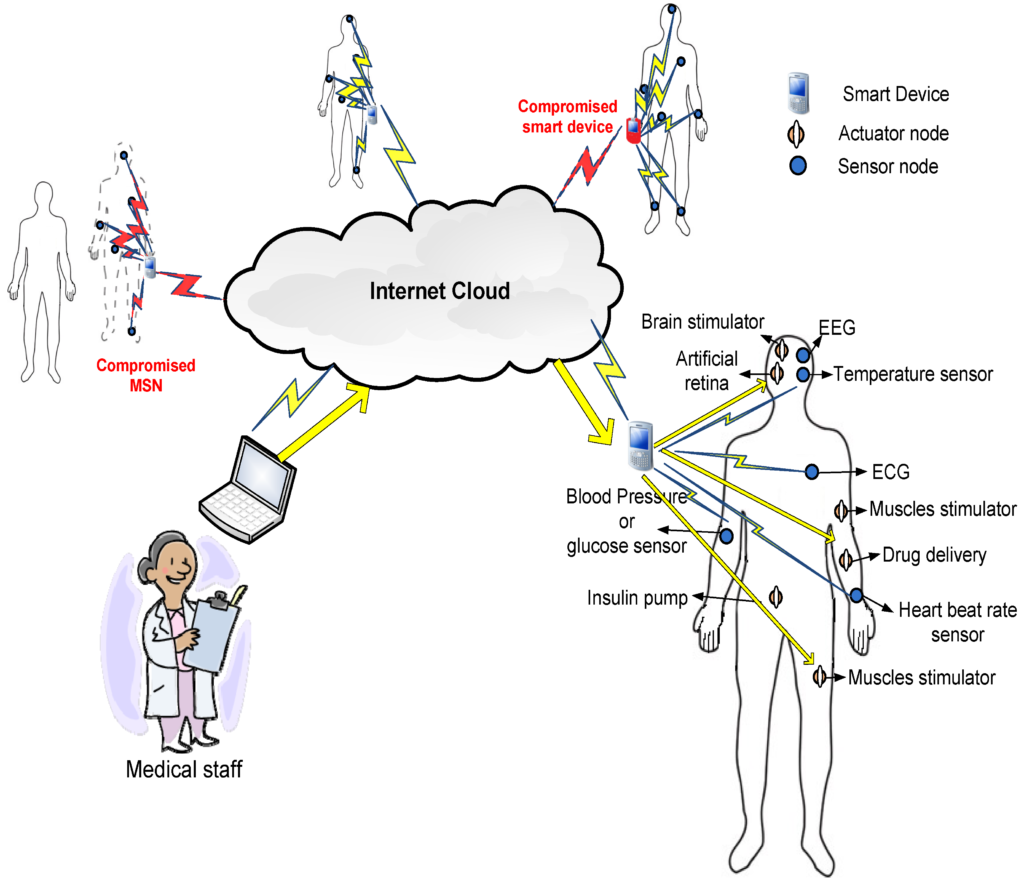
Types of Medical Sensors
1. Temperature Sensors
- These sensors detect the patient’s body temperature, a vital indicator of health status.
- Temperature variations can signal the presence of infections, inflammation, or other medical conditions.
2. Blood Pressure Sensors
- Blood pressure sensors monitor the force exerted on artery walls as blood flows through them.
- Accurate blood pressure readings help in diagnosing hypertension and managing cardiovascular health.
3. Heart Rate Sensors
- Heart rate sensors measure the number of heartbeats per minute, providing insights into cardiac activity.
- Monitoring heart rate aids in identifying irregular rhythms and evaluating overall heart health.
4. Blood Glucose Sensors
- These sensors are crucial for diabetic patients, as they track blood glucose levels.
- Regular monitoring helps in managing diabetes and preventing complications.
5. Oxygen Saturation Sensors (Pulse Oximeters)
- Pulse oximeters assess the amount of oxygen in the blood and heart rate simultaneously.
- These sensors are vital for monitoring respiratory conditions and ensuring sufficient oxygen supply.
6. Respiratory Rate Sensors
- Respiratory rate sensors measure the number of breaths a patient takes per minute.
- Changes in respiratory rate can indicate respiratory distress or other lung-related issues.
Conclusion
Medical sensors for remote patient monitoring are revolutionizing the way healthcare is delivered. By enabling continuous and non-invasive data collection, these sensors empower healthcare providers to make timely and accurate decisions, thereby improving patient outcomes and overall care quality. As technology continues to evolve, medical sensors are poised to play an even more significant role in transforming healthcare, ensuring that patients receive the attention, treatment, and support they need, regardless of physical distances.
Please note that while these lists provide an overview of devices and sensors, technology is continually evolving, and new devices with advanced features are being developed to enhance remote patient monitoring in the healthcare sector.
Read more about Use of Blockchain Technology in Healthcare Sector at LinkedIn Click here
